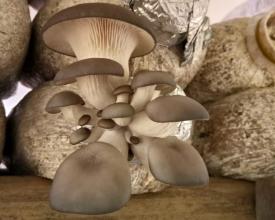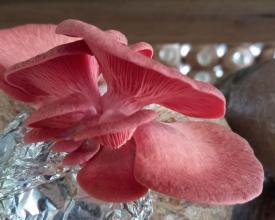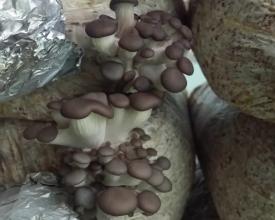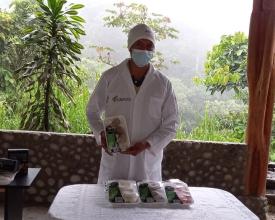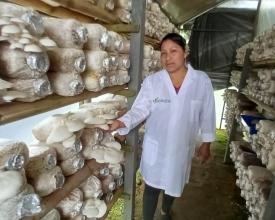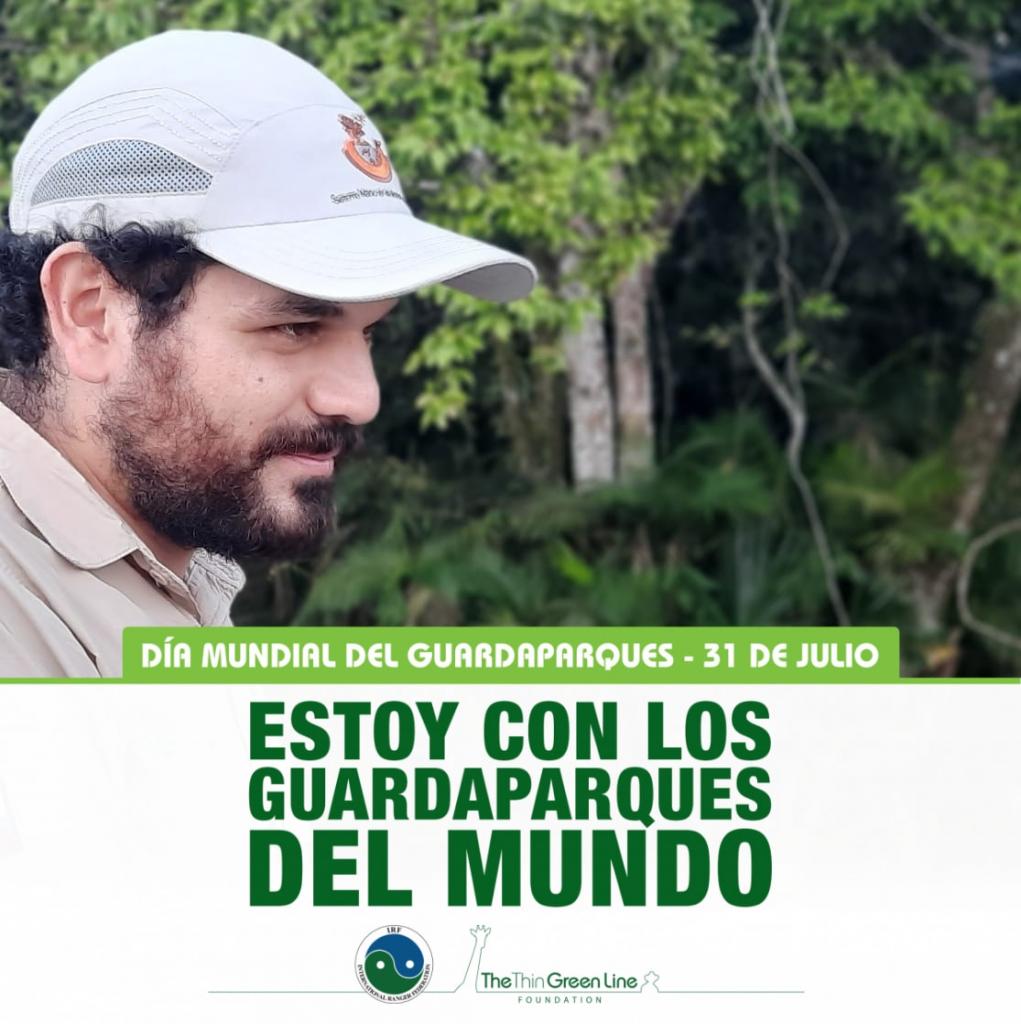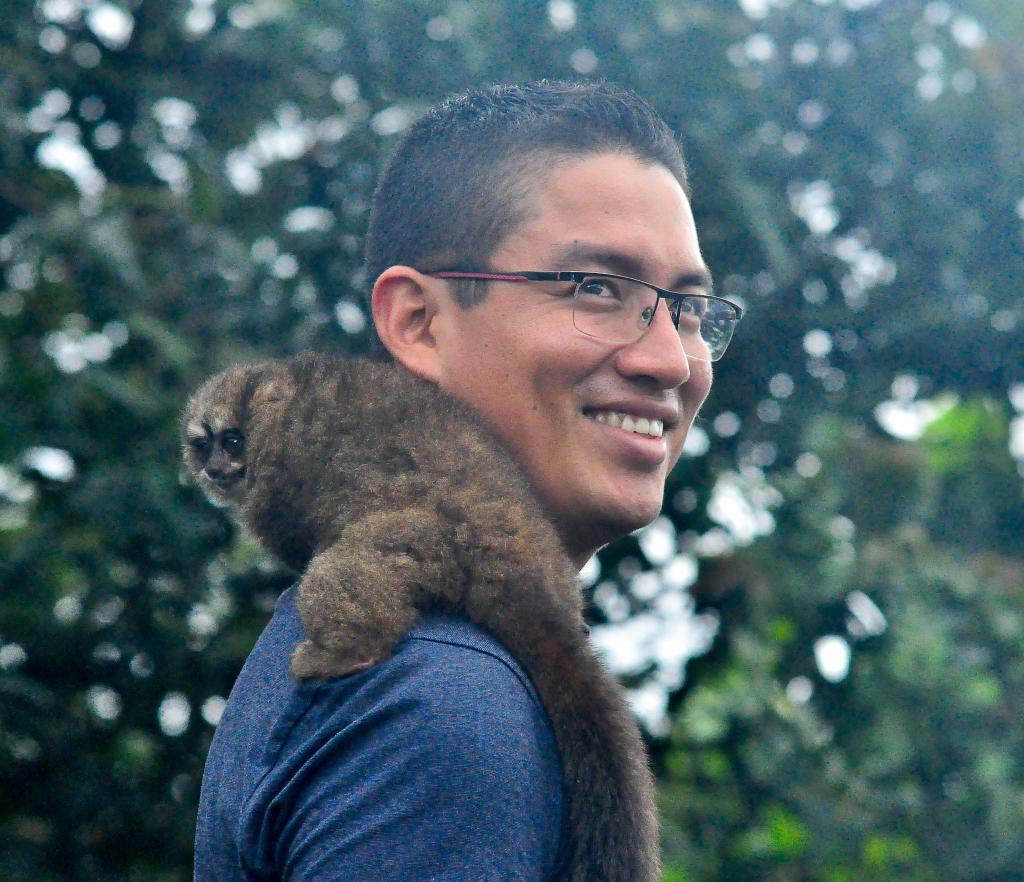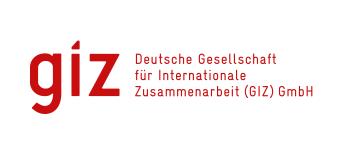
Sumac oyster mushrooms. A new form of conservation and sustainable production

Edible mushrooms have a high nutritional and medicinal value and are a good example of the use of agricultural waste.
The sustainable production of mushrooms was born as an alternative initiative to reduce logging and deforestation of forests, along with the need to contribute to the fight against poverty in the populations surrounding the Sumaco Napo Galeras National Park, in the sectors of Pacto Sumaco, Cocodrilos (Guacamayos).
This production of oyster mushrooms is a clear example of alternative organic production, which promotes food security, reduces threats to natural resources and improves the living conditions of the local population through better income for the inhabitants of the area and the ecosystem.
Context
Challenges addressed
One of the fundamental challenges is to market a product with beneficial characteristics for human health, where most of the population is involved in the transformation process of the product, up to its sale. Obtaining sales permits and sanitary registrations are requirements that food products must meet in order to gain a place in the market. The goal is to export and reach national and international palates. This aspect supports the conservation of Sumaco National Park by providing economic opportunities for the populations in the protected area's buffer zone to reduce deforestation and hunting pressures, a substantial challenge within the improvement plan to achieve the Green List Standard certification.
Location
Process
Summary of the process
Edible mushrooms have a high nutritional and medicinal value and are a good example of the use of agricultural waste.
The sustainable production of mushrooms was born as an alternative initiative to reduce logging and deforestation of forests, along with the need to contribute to the fight against poverty in the populations surrounding the Sumaco Napo Galeras National Park, in the sectors of Pacto Sumaco, Cocodrilos (Guacamayos).
This production of oyster mushrooms is a clear example of alternative organic production, which promotes food security, reduces threats to natural resources and improves the living conditions of the local population through better income for the inhabitants of the area and the ecosystem.
Building Blocks
Elaboration of market research for biobusinesses
In order to establish a bioenterprise, market information is required to optimize resources and efforts to position a new offer in the target population.
Enabling factors
- Identify and select the most promising species and previous experience in other regions that can be adapted to reality.
- Generate the interest of the villagers and facilitate start-up technical assistance that can show the labor and effort requirements of the new venture.
- Consider the explicit and implicit benefits that the new enterprise could have within the social and economic dynamics, in relation to conservation within the protected area.
Lesson learned
- Previous experience is important, but learning about other experiences helps to better understand the opportunities that can be developed and the work process associated with a new venture.
- The staff of a protected area is not only in charge of control and vigilance; they also have to establish a link with the populations in the buffer zone, understand their needs, and participate in joint actions to improve their social and economic conditions, which can be a trigger for impacts within the protected area.
- Obtaining sales permits and sanitary registries for food products are essential to gain access to new markets.
Strengthening of local capacities
The interaction of the community with the private sector, NGOs and academia, along with the protected area staff, allows the bio-enterprise initiatives to be sustainable.
Enabling factors
- Identification of stakeholders interested in entrepreneurship and facilitation of practical training.
- Improvement of collective work and establishment of productive associations strengthened in technical, financial and administrative aspects.
- Permanent accompaniment of the protected area in the search for new market expansion opportunities.
Lesson learned
- The oyster mushroom entrepreneurship initiative supports the conservation of the PNSNG by providing economic opportunities to the populations in the buffer zone of the protected area in a way that reduces deforestation and hunting pressures.
- This framework is very important to achieve adequate governance as a preliminary step to obtaining the Green List Standard certification that the protected area is seeking.
Impacts
Ricardo Viteri's research in the Sumaco Napo Galeras National Park (PNSNG) and surrounding communities revealed that there were 12 species of edible mushrooms. The results of this first investigation led to the second, with the purpose of testing whether it was possible to cultivate these species in the area and to confirm whether the planting and care techniques could be adapted to the conditions of the communities.
With technical advice from PNSNG staff, the people of the communities chose to grow oyster mushrooms in bags, as the process was much faster, the production was greater and the taste was more appetizing.
Through continuous training by PNSNG staff, they worked on product management, sustainability, financial management and awareness of local environmental problems such as forest clearing.
There are currently six families from Pacto Sumaco, five families in the Cocodrilos sector and one family in Santa Rosa, who are fighting for a national market with a product that generates significant added value.
Asoñucanchi is an organization created with a social, economic and environmental focus. The sale of its product (SUMACO HONGOS OSTRA) guarantees the consumption of a natural food rich in proteins and vitamins.
Beneficiaries
Community Pacto Sumaco; 5 families.
Guacamayos: 9 families.
Santa Rosa: 1 family.
In total 15 families. 32 people trained and three organizations operating
Sustainable Development Goals
Story
In search of sustainable production alternatives, in 1988, the Gran Sumaco Program (PGS) visited Salinas de Guaranda with local farmers. There they were able to learn about different productive activities and a dried mushroom industry that was one of the most successful alternatives. In 1999, PGS hired a consultant to investigate which edible mushrooms existed in the area and to analyze the level of acceptance by the people. The study was conducted in six communities: Pacto Sumaco, 10 de Agosto, Wamaní Wawa Sumaco, Protoyacu and Accilac, in the buffer zone of the National Park. Twelve different species of edible mushrooms were found during the research. Older people recalled that the women collected them when there was no good hunting, to compensate for the protein level.
Three varieties of mushrooms were tested: taca ala and chinchi ala, because the local people liked them best, and rinri ala, because it is known, especially in Asian countries. In addition, two known species were included in the trials: Oyster mushroom(Pleuratus ostreatus) and shiitake(Lentinus edodes). Three cultivation techniques were used: simple, in logs and in sheaths. People preferred the cultivation of oyster mushroom in sheaths, as the process was much faster, the production higher and the taste more palatable. After choosing the species, the number of producers began to increase, with men and women from the Sumaco area learning the technique. Workshops were held to prepare food with mushrooms and a recipe book with 33 different formulas was created. Production was successful, but they wanted to have sanitary registration in order to sell. This meant a first stumbling block: to obtain it, a micro-enterprise was organized that brought together 15 producers. Once the sanitary registration was obtained, they began to promote the product, which was unknown to the people.
Promotional strategies were implemented. The people of the area began to consume the oyster mushroom or Sumaco mushroom, as they began to call it. The microenterprise was in charge of producing, harvesting, packaging and selling the fresh mushrooms. The surplus was dried, sheathed and sold in their communities in Tena, Archidona, Puyo, Baeza, El Chaco, Riobamba and Quito.
At present, this participatory and governance initiative is ongoing and is an example of the protected area's capacity to improve its management with a view to its certification under the Green List Standard.
